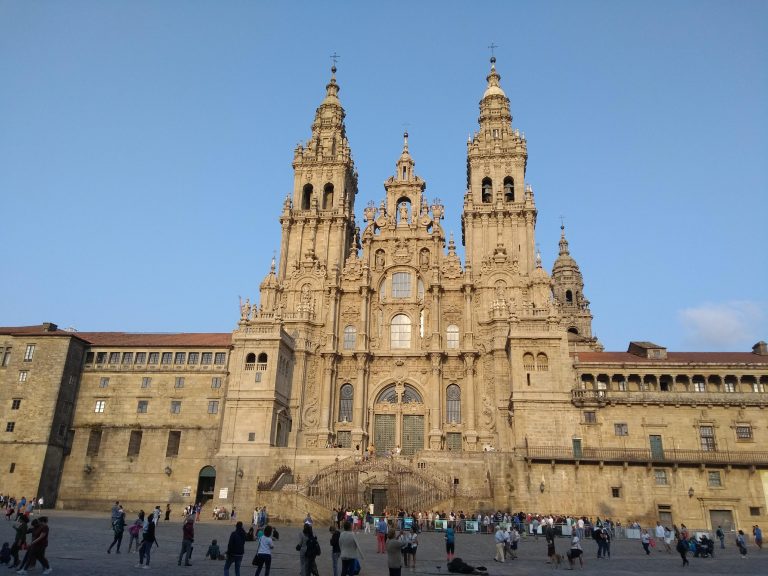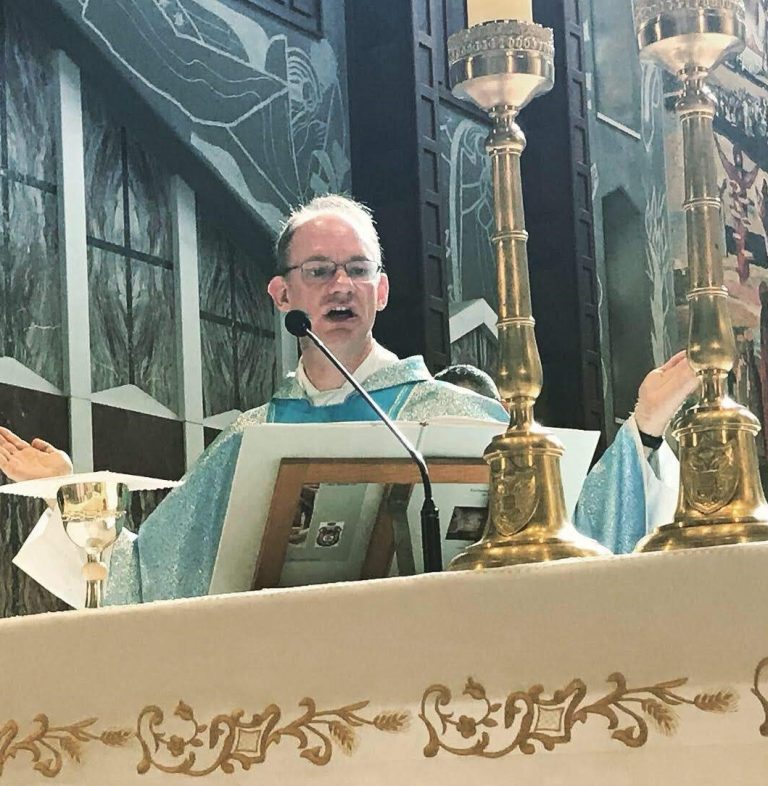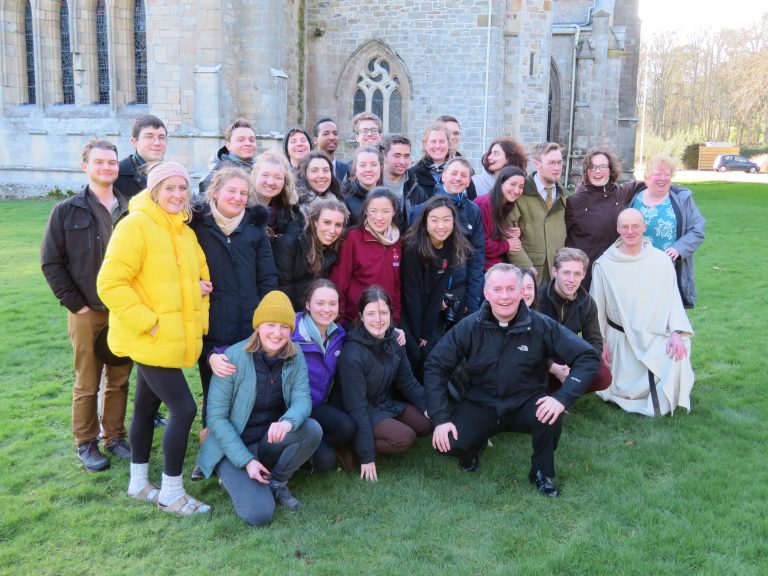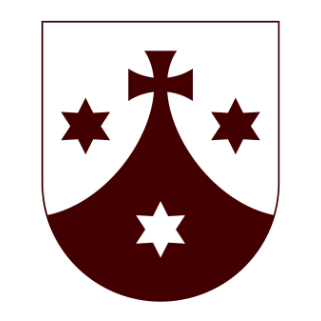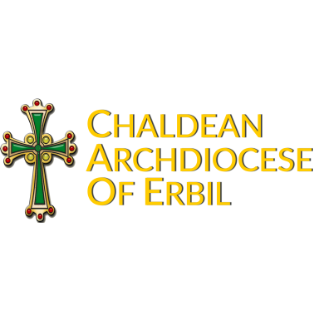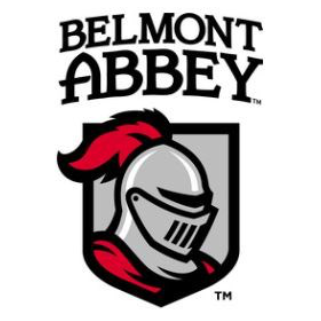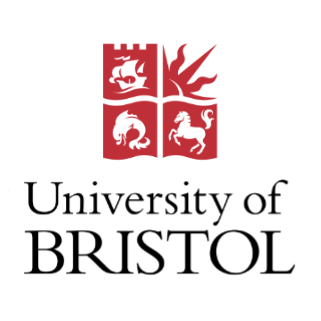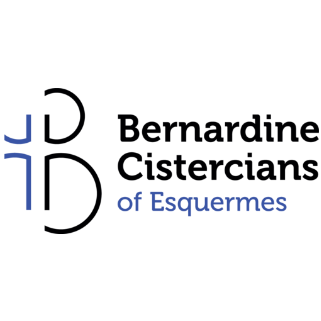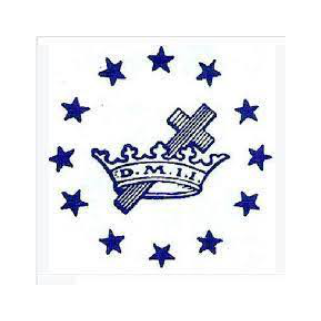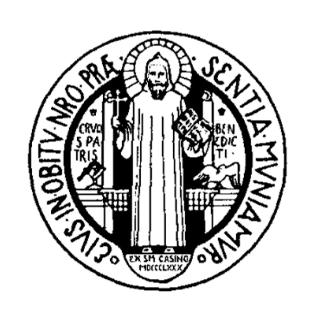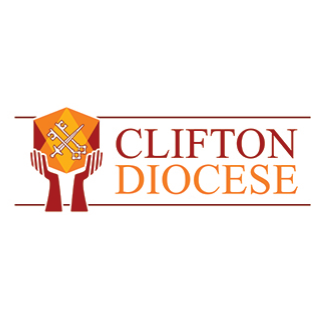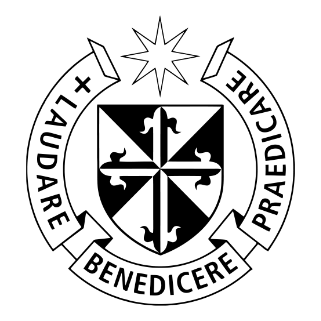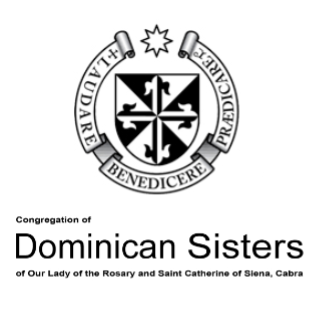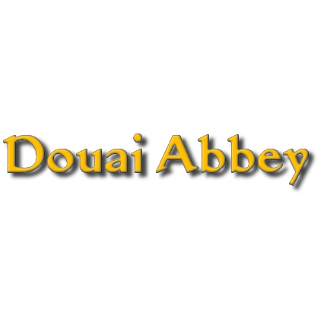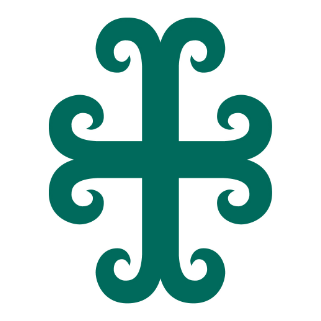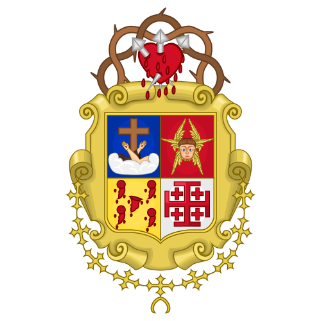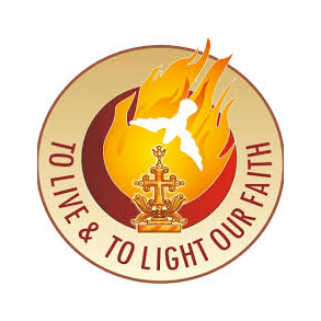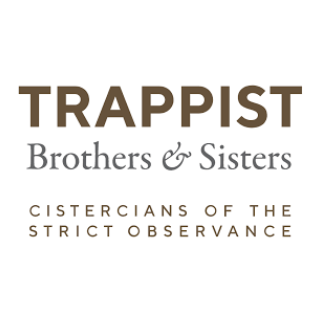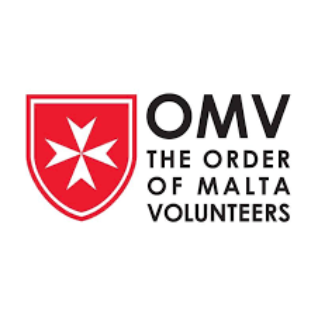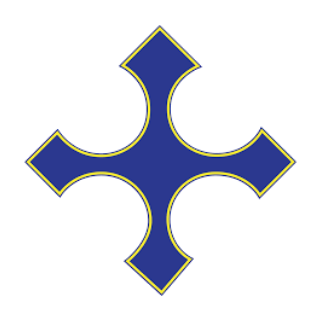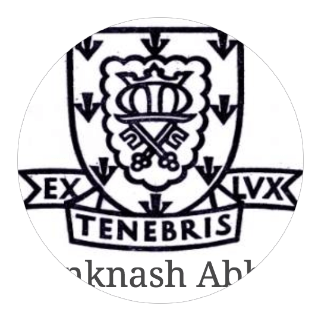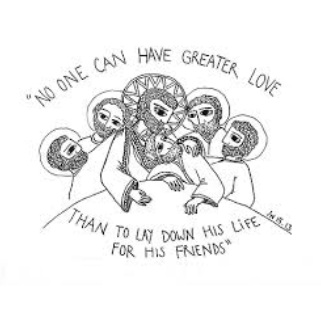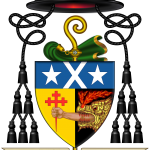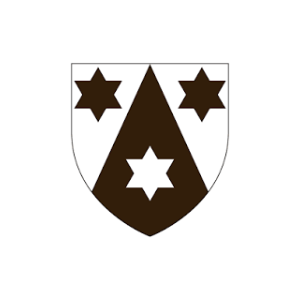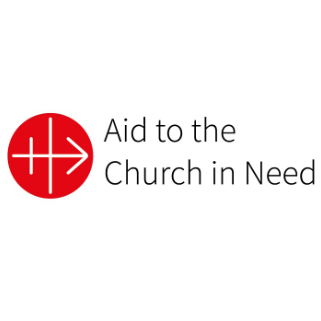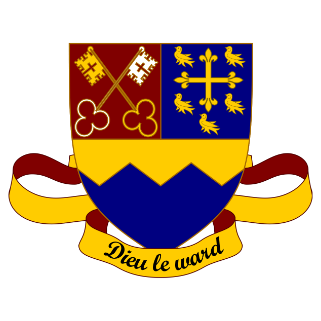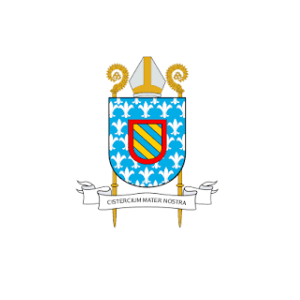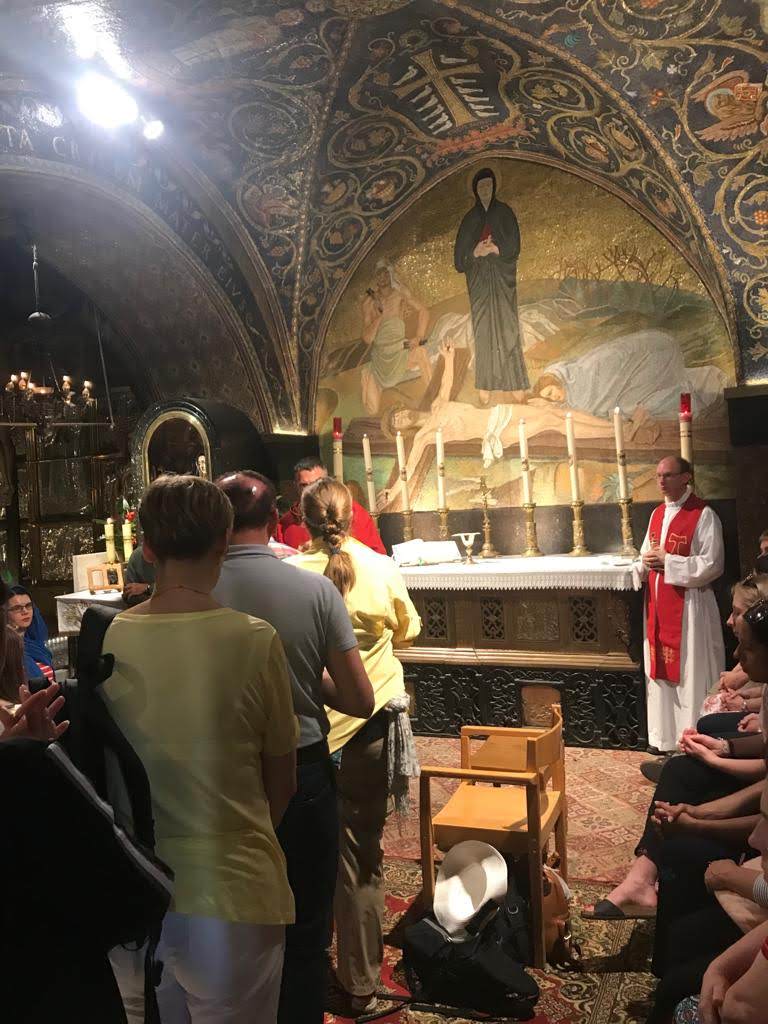
3. The Offertory and Liturgy of the Eucharist
Insofar as the Mass is a meal, the laying of the altar is like the preparation of the table, and the Offertory prayers are the grace before the meal. (We will look at the idea of the Mass as meal etc in another post). The Offertory prayers in the Ordinary Form of the Mass are based on Jewish prayers in their structure and formulation. We acknowledge that the raw materials for the Mass come from the gift of God and the work of human beings. In Genesis 1 and 2 it is clear that God and human beings are colleagues in the Garden of Eden, working together to make the world into the best place it can be. Of course, sin comes into play in Genesis 3, but that is a different topic.
The liturgy continues with the prayer over the gifts, and then the Preface, another hymn of praise, which ends with the Sanctus (Holy, holy), the song of the seraphim in Isaiah 6.
The Eucharistic Prayer has a particular structure, common to all of them. It begins with an invocation of the Father, in the Son, through the Holy Spirit and the priest calls upon the Holy Spirit to sanctify the gifts of bread and wine (the epiclesis). The words of consecration are the centre of the prayer, and in this the priest takes the part of Christ, echoing the words that Christ himself uttered at the Last Supper to change the bread and wine so that they become his Body and Blood. The Prayer recalls the major events of Christ’s life – his passion, resurrection and ascension – which unite all Christians with one another, with the saints and with Christ.
As a reminder that the Mass is not a private prayer, but the prayer of the whole Church, even if the priest celebrates alone, we always pray for the Pope, the local bishop, the clergy and the whole people of God, living and dead.
4. Holy Communion
The Communion Rite begins with the Our Father, more properly called ‘the Lord’s Prayer’, which we say together, united in the words that Christ himself taught. We pray here for our daily bread, for forgiveness and for deliverance from all that might assail us. The prayer originally ended with “But deliver us from evil”, but the liturgical conclusion “For the Kingdom, the power and the glory…” was added quite early, and for this reason was later often attached to the prayer in private recitation, but not in the Catholic tradition.
Much could be said about the Agnus Dei (Lamb of God). This title was given to Christ by John the Baptist at the beginning of the Gospels; Christ was crucified at the Passover, when lambs were sacrificed in the Temple as a memorial of the Exodus; in the Apocalypse, Christ is portrayed as the Lamb once slain, but now risen and victorious. This is the Lamb who takes away the sins of the world by his death and resurrection.
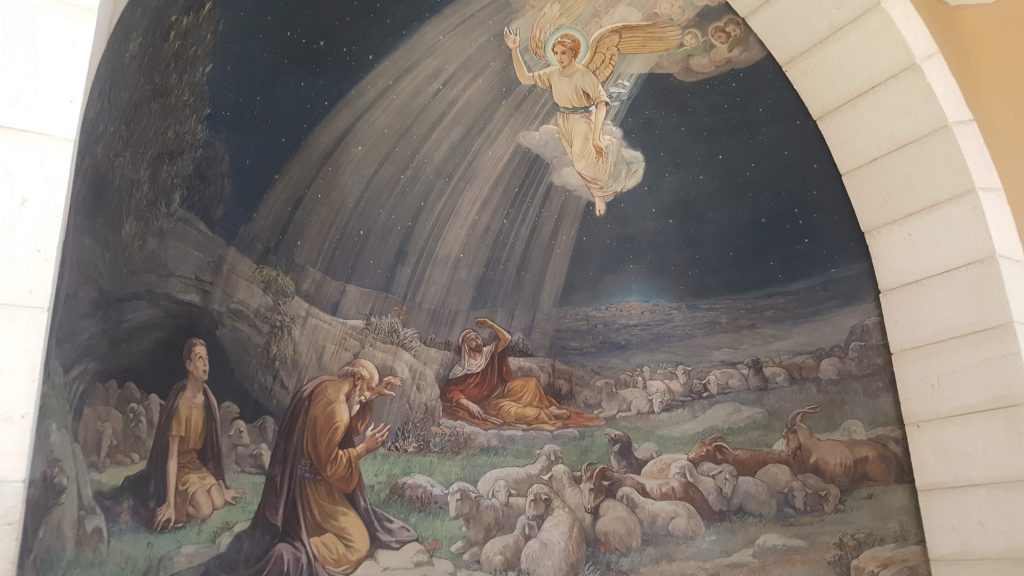
In Holy Communion we receive the true Body and Blood of Christ under the appearance of bread and wine. How this change happens will be the subject of another post. It is by eating the Body and Blood of Christ that we gradually become what we eat, for it is this food that changes us, and brings us closer to Christ.
5. The Dismissal
The post-communion prayer gives thanks for the gift that we have received, and is followed by the dismissal. This is not simply a nice way of saying “Thank you and goodbye”. In the dismissal we are sent out into the world to bear witness to our Faith by our actions and by our words. We receive God’s blessing to do this and the strength gained by taking Christ Himself into our own body.
6. The Mass as the Prayer of the Church
Christians are encouraged to offer their personal prayers to God. In the Mass we participate in one of the official prayers of the Church. It is led by a priest, who takes the part of Christ in leading the prayer, since he was ordained to be “an other Christ” (alter Christus) and to offer the Mass. It is because the Mass is the prayer of the whole Church that the words and actions are written down and there are only certain places where the priest has the freedom to change them. If an individual priest, or a parish, chooses to change the words or actions, then the Mass has become a private enterprise, detached from the Universal Church.
There are times when the readers are incomprehensible, the music badly executed and the homily might be too long. We might feel that the celebration is unworthy. But provided that the priest is validly ordained and says the words in the Missal, that Mass is valid. The bread and wine truly become the Body and Blood of Christ and Christ is indeed present in that celebration.
[To be continued!]
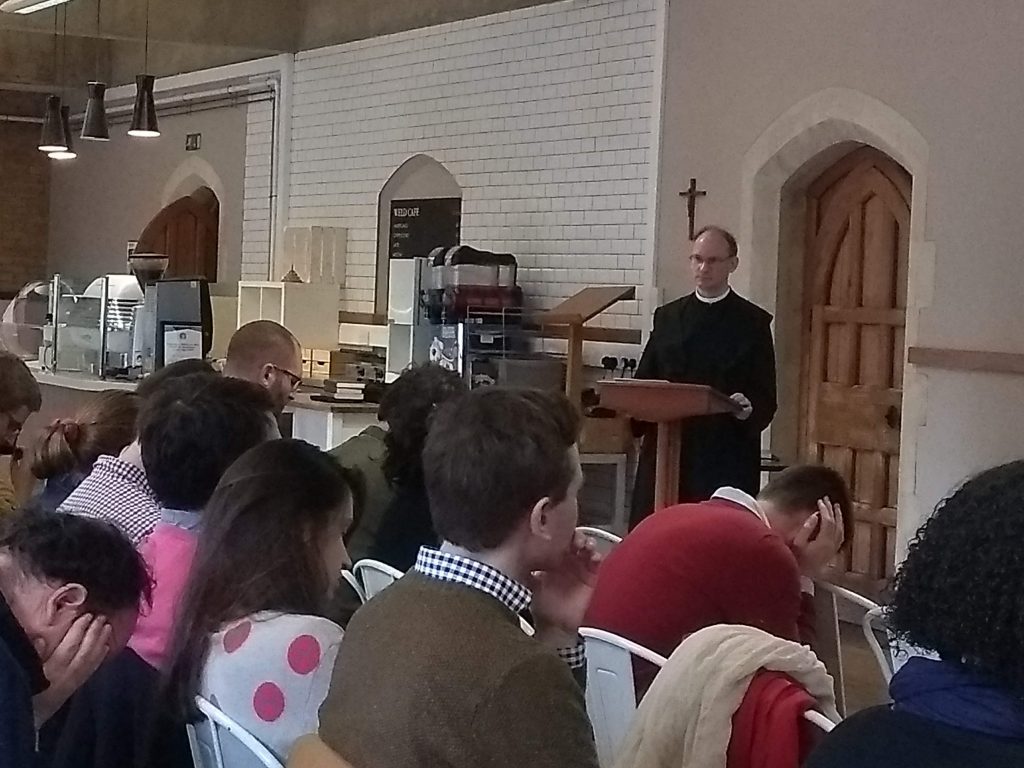
held at Downside Abbey in October 2018
